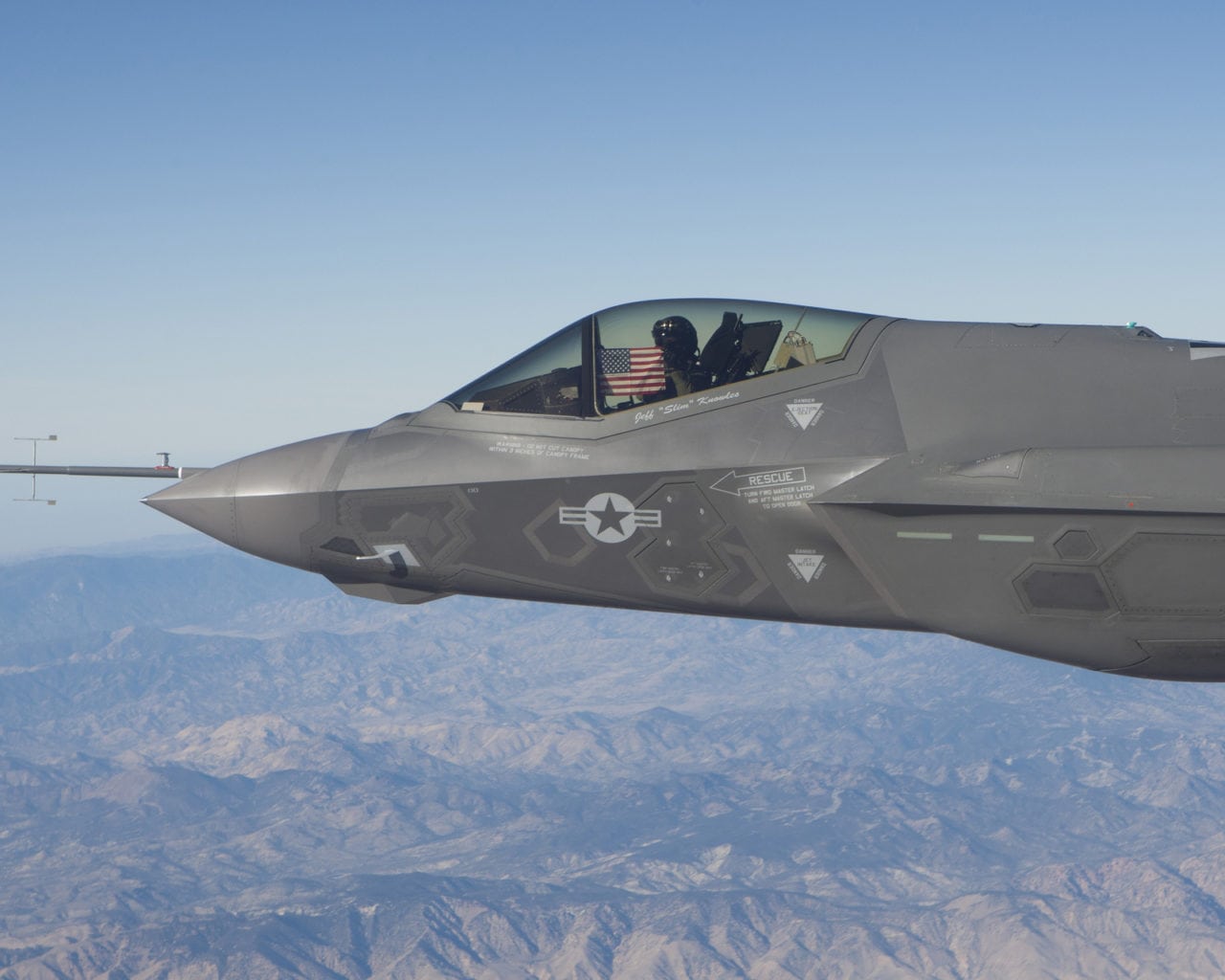 The Department of Defense needs to analyze the impacts of future funding levels and its supply chain for the F-35 Joint Strike Fighter (JSF) to avoid more cost overruns and program delays, according to a Government Accountability Office (GAO) report released Friday.
The Department of Defense needs to analyze the impacts of future funding levels and its supply chain for the F-35 Joint Strike Fighter (JSF) to avoid more cost overruns and program delays, according to a Government Accountability Office (GAO) report released Friday.
The JSF has been extensively restructured in the last two years to address relatively poor cost, schedule and performance outcomes. And the JSF program, which is already $117 billion over its original budget and delayed six years from its original baseline, could face more delays due to further defense cuts. Total U.S. investment is now projected at nearly $400 billion to develop and acquire 2,457 aircraft through 2037.
“Critical dates for delivering warfighter requirements remain unsettled because of program uncertainties,” according to the report.
The new program baseline projects total acquisition costs of $395.7 billion, an increase of $117.2 billion (42 percent) from the prior 2007 baseline. Full rate production is now planned for 2019, a delay of six years from the 2007 baseline. Unit costs per aircraft have doubled since start of development in 2001.
While the total number of aircraft DOD plans to buy has not changed, it has for three straight years reduced near-term procurement quantities, deferring aircraft and costs to future years, according to the GAO. Since 2002, the total quantity through 2017 has been reduced by three-fourths, from 1,591 to 365. Affordability is a key challenge — annual acquisition funding needs on average about $12.5 billion through 2037 and life-cycle operating and support costs are estimated at $1.1 trillion. DOD has not thoroughly analyzed program impacts should funding expectations be unmet.
Overall performance in 2011 was mixed as the program achieved six of 11 important objectives. Developmental flight testing gained momentum and is now about 21 percent complete with the most challenging tasks still ahead. Performance of the short takeoff and vertical landing variant improved this year and its “probation” period to fix deficiencies was ended after one year with several fixes temporary and untested.
“Developing and integrating the more than 24 million lines of software code continues to be of concern. Late software releases and concurrent work on multiple software blocks have delayed testing and training,” the report said. “Development of critical mission systems providing core combat capabilities remains behind schedule and risky. To date, only 4 percent of the mission systems required for full capability have been verified.”
The report added deficiencies with the helmet mounted display are most problematic.
“Most of the instability in the program has been and continues to be the result of highly concurrent development, testing and production activities.”
GAO recommends the Defense Department analyze cost and program impacts from potentially reduced future funding levels and assess the capability and challenges facing the JSF’s global supply chain. According to the report, the Department of Defense concurred with the second recommendation and agreed with the value of the first, but believed its annual budget efforts are sufficient. GAO maintains that more robust data is needed and could be useful to congressional deliberations.